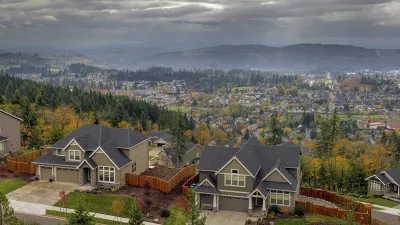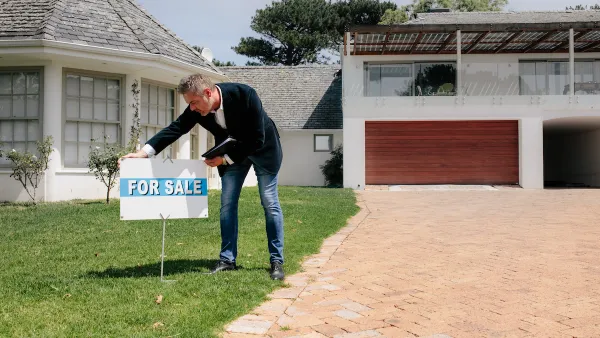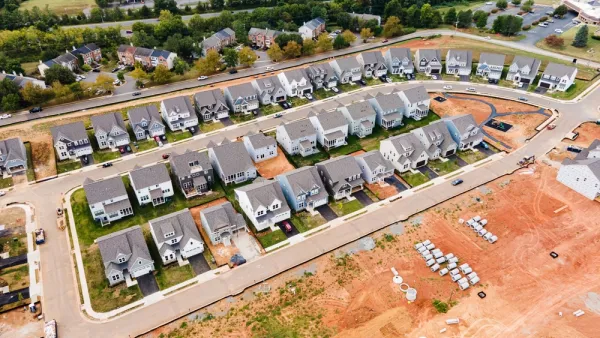Homeownership rates declined precipitously in the United States up until 2016. While that trend has reversed in more recent years, it's still hard to tell what the future of homeownership will be.

Homeownership rates declined precipitously in the United States up until 2016. While that trend has reversed in more recent years, it's still hard to tell what the future of homeownership will be.
Jonathan Spader shares insight into his recent working paper that that describes "three potential scenarios for growth in the number of homeowner and renter households from 2018-2038."
Here's how Spader sets the context for this examination:
The dramatic decline in the homeownership rate—from a high of 69 percent in 2004 to a low of 63 percent in 2016—has generated substantial discussion about the future of homeownership in the United States. While the recent uptick in the homeownership rate—to above 64 percent in 2018—ended the rate’s decline, there continues to be considerable uncertainty about its future trajectory. For example, if the macroeconomy continues to support full employment and wages continue to grow, then it is likely the homeownership rate will continue to rise. Conversely, if the economy weakens or enters a recession, then the homeownership rate might well again start to fall.
As for the projections, three scenarios (i.e., high, low, and base) all share one common trait: most of the growth between 2018 and 2038 will go to homeownership households, but under the base scenario, those new homeowners households would be offset by "changes in the demographic composition of U.S. households by age, race/ethnicity, and family type," according to Spader.
To describe the factors that could sway the future outcomes of the housing market, Spader concludes with this:
In the near term, the homeownership rate’s actual trajectory will likely depend on the occurrence and timing of broader changes in the macroeconomy. Over the longer-term, the trajectory of the homeownership rate will be influenced by a larger set of factors related to households’ demand for housing as a place to live, their demand for the investment attributes of homeownership, any constraints on their ability to access mortgage credit, and the number of homes that are for sale.
FULL STORY: Three Scenarios for Growth in Homeowner and Renter Households

National Parks Layoffs Will Cause Communities to Lose Billions
Thousands of essential park workers were laid off this week, just before the busy spring break season.

Retro-silient?: America’s First “Eco-burb,” The Woodlands Turns 50
A master-planned community north of Houston offers lessons on green infrastructure and resilient design, but falls short of its founder’s lofty affordability and walkability goals.

Delivering for America Plan Will Downgrade Mail Service in at Least 49.5 Percent of Zip Codes
Republican and Democrat lawmakers criticize the plan for its disproportionate negative impact on rural communities.

Test News Post 1
This is a summary

Test News Headline 46
Test for the image on the front page.

Balancing Bombs and Butterflies: How the National Guard Protects a Rare Species
The National Guard at Fort Indiantown Gap uses GIS technology and land management strategies to balance military training with conservation efforts, ensuring the survival of the rare eastern regal fritillary butterfly.
Urban Design for Planners 1: Software Tools
This six-course series explores essential urban design concepts using open source software and equips planners with the tools they need to participate fully in the urban design process.
Planning for Universal Design
Learn the tools for implementing Universal Design in planning regulations.
EMC Planning Group, Inc.
Planetizen
Planetizen
Mpact (formerly Rail~Volution)
Great Falls Development Authority, Inc.
HUDs Office of Policy Development and Research
NYU Wagner Graduate School of Public Service





























